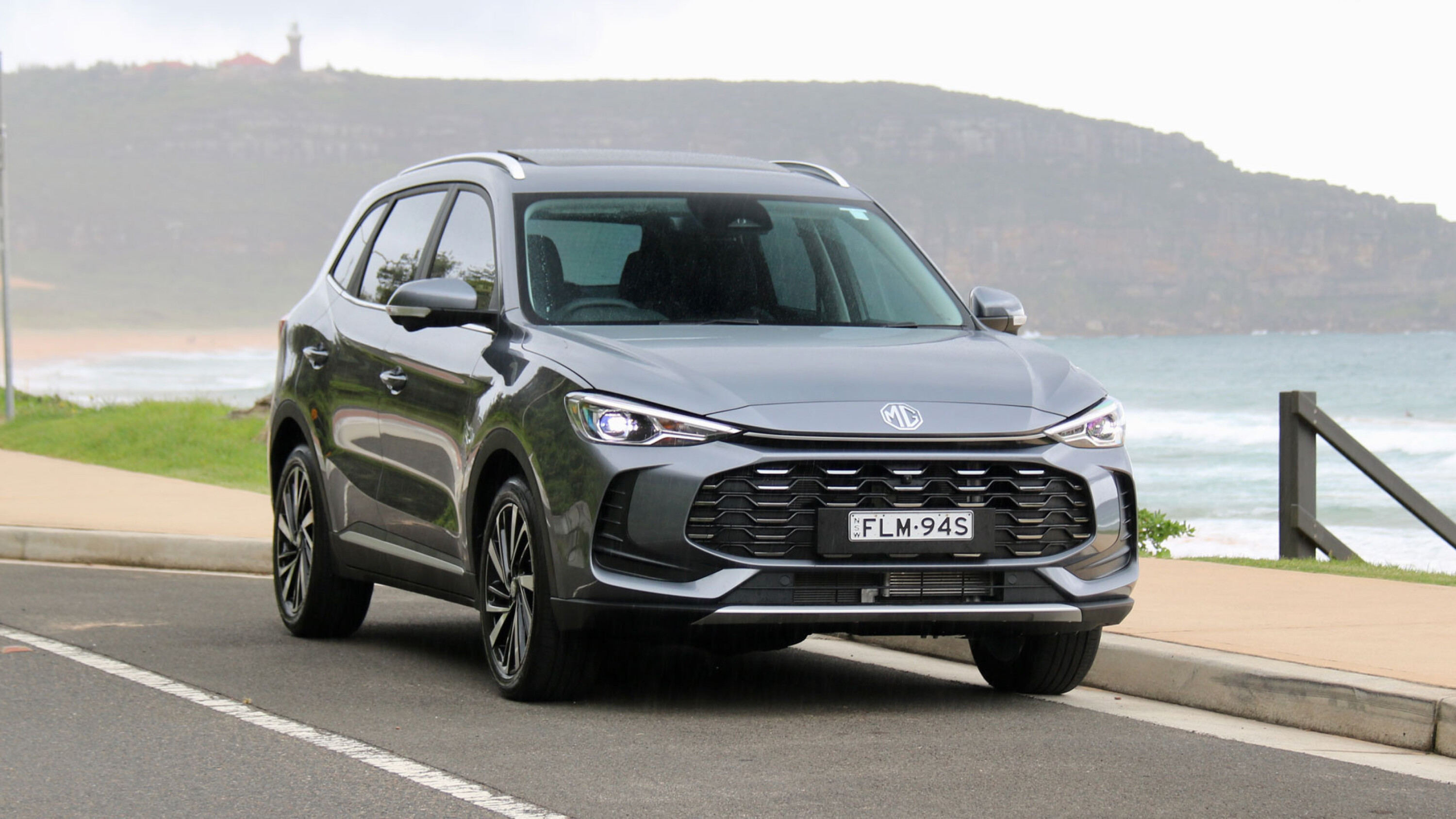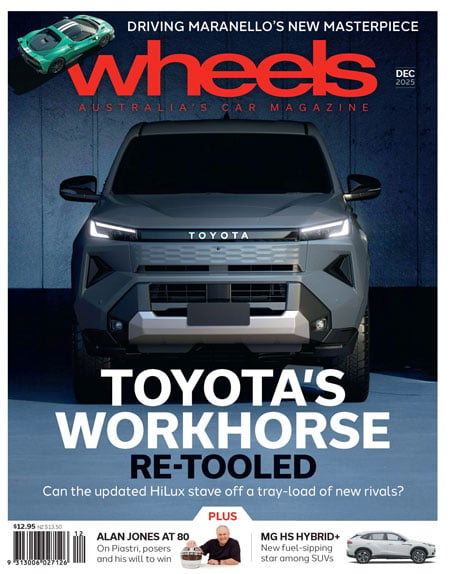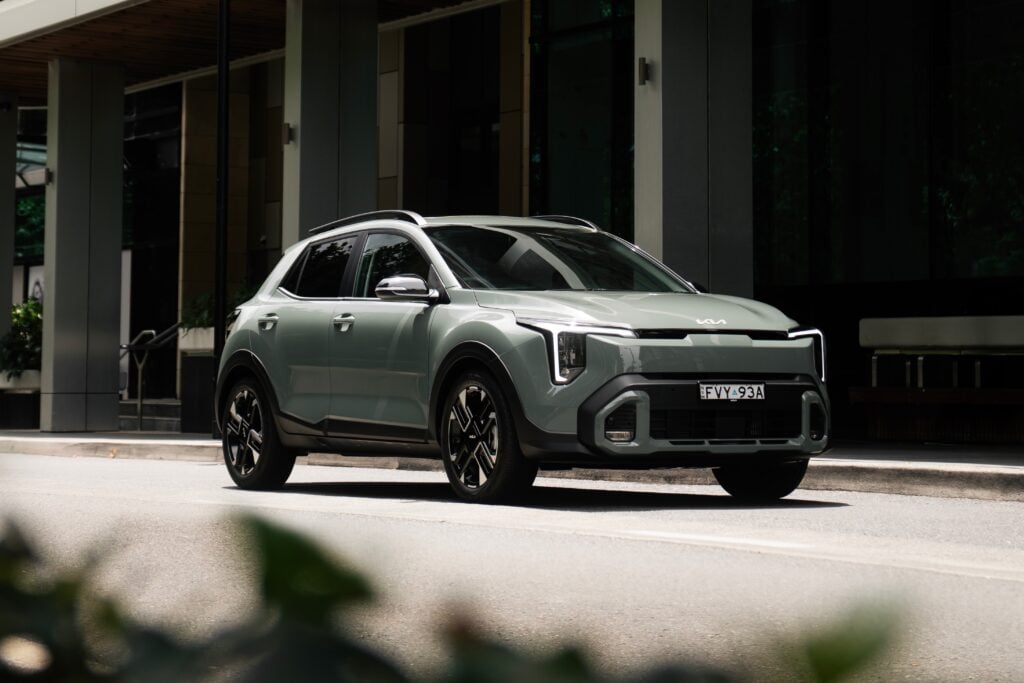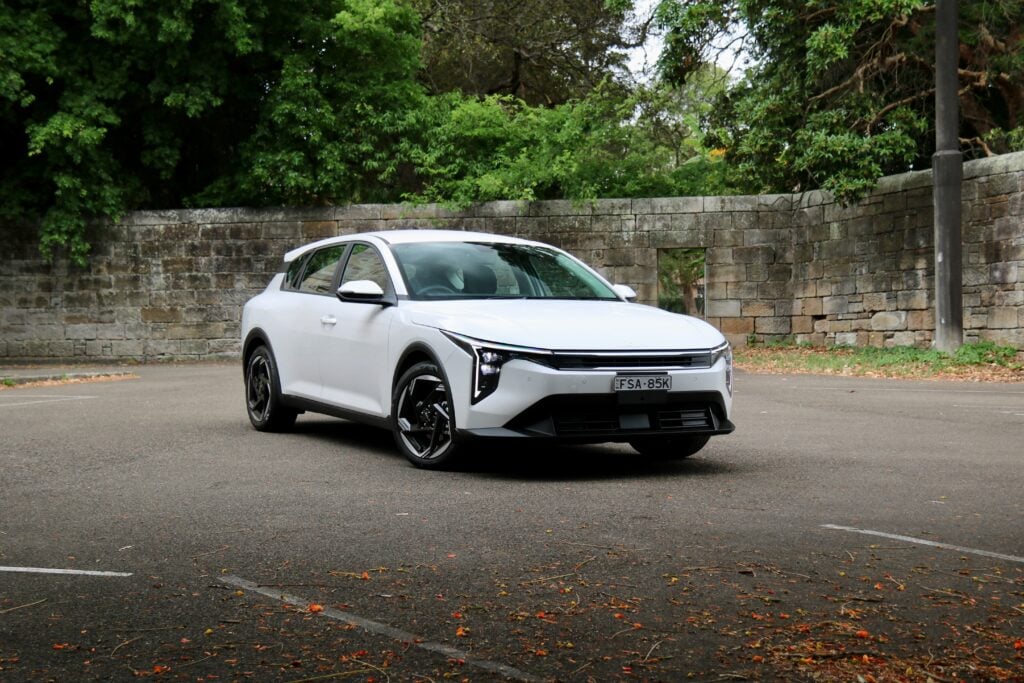Things we like
- Big improvement over old ZS and still excellent value for money
Not so much
- Petrol engines just aren’t as good as the hybrid
The MG ZS has been Australia’s best-selling small SUV since 2021 courtesy of its value pricing and – during the pandemic when many makers struggled to build cars – plentiful supply.
Fast forward to late 2024 and the brand launched the second-generation ZS, which is larger, better equipped and – predictably – more expensive than the model it succeeds. The brand launched the hybrid version of the ZS first, and now the cheaper petrol variants have arrived.
We found the hybrid to be quite a compelling offering when it launched, so do the petrol ZS models add to – or subtract from – the ZS package?
The petrol ZS range is available in three models: entry-level Excite ($26,990 drive away), mid-spec Essence ($29,990) and top-spec Essence Turbo ($31,990). The Excite and Essence hybrids sit above them, priced from $33,990.
That is notably more expensive than the old ZST, which is in run-out priced from $22,888. But we think that extra spend is justified.
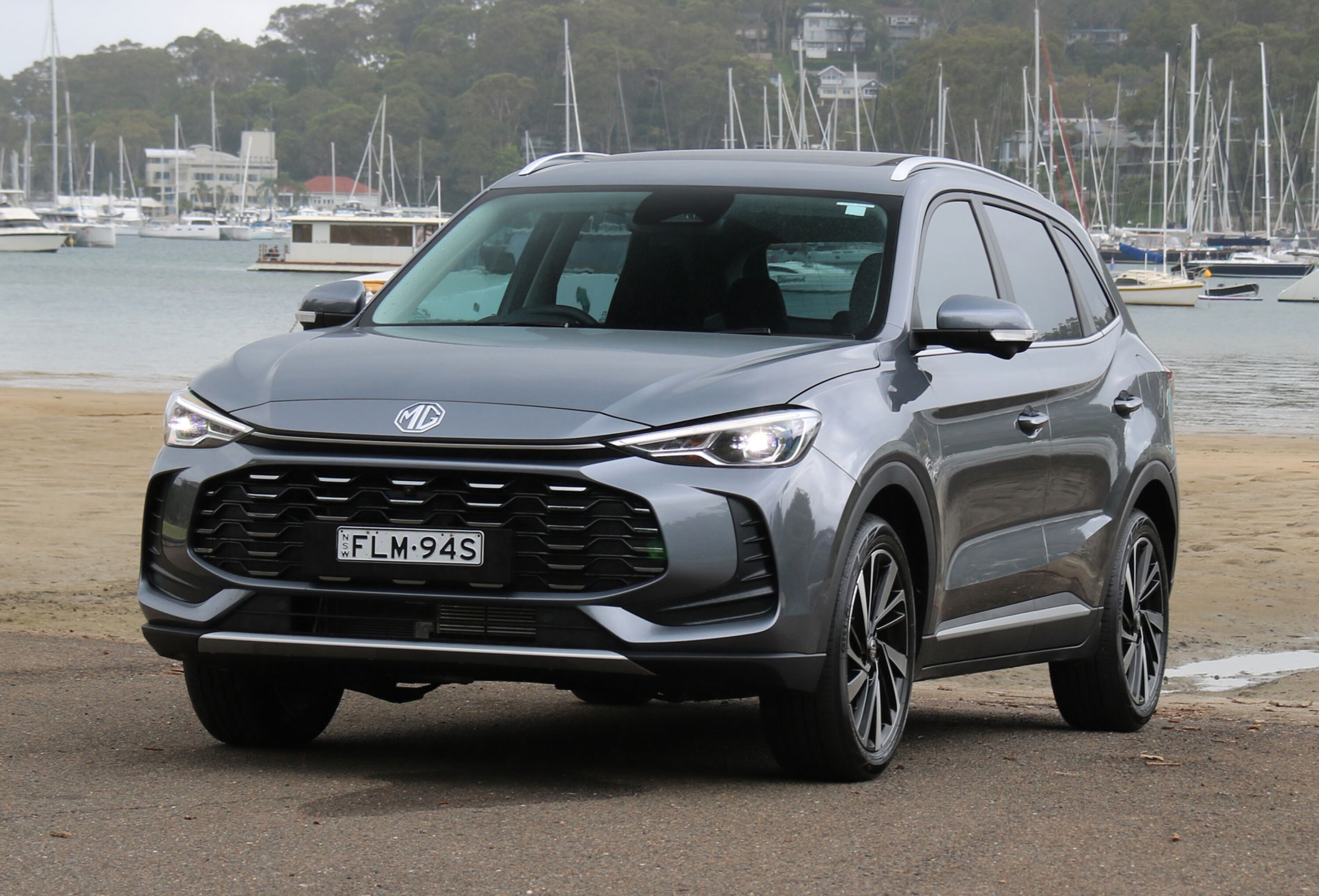
Standard kit on the Excite includes 16-inch alloy wheels, dusk-sensing auto lights, keyless entry and start, a 10.25-inch touchscreen with nav and smartphone mirroring, six airbags and a lot of active safety kit, including AEB, lane keep assist, adaptive cruise control and blind-spot monitoring.
The mid-spec Essence adds 17s, larger displays, heated front seats with electric driver’s adjustment, auto wipers and a 360-degree camera, with the Essence Turbo further adding climate control, driving modes and larger 18s.
The ZS range is available with two 1.5-litre four-cylinder petrol engines: one naturally aspirated making 81kW and 140Nm, and one turbocharged, making a much stronger 125kW and 275Nm. Both engines use a CVT automatic with power sent to the front wheels.
MG claims combined fuel consumption of between 6.7L/100km (NA) and 6.9L/100km (turbo) with CO2 emissions of between 157g/km (NA) and 161g/km (turbo). The ZS turbo’s 55-litre fuel tank must be filled with 95RON premium unleaded – the NA engine uses regular unleaded.
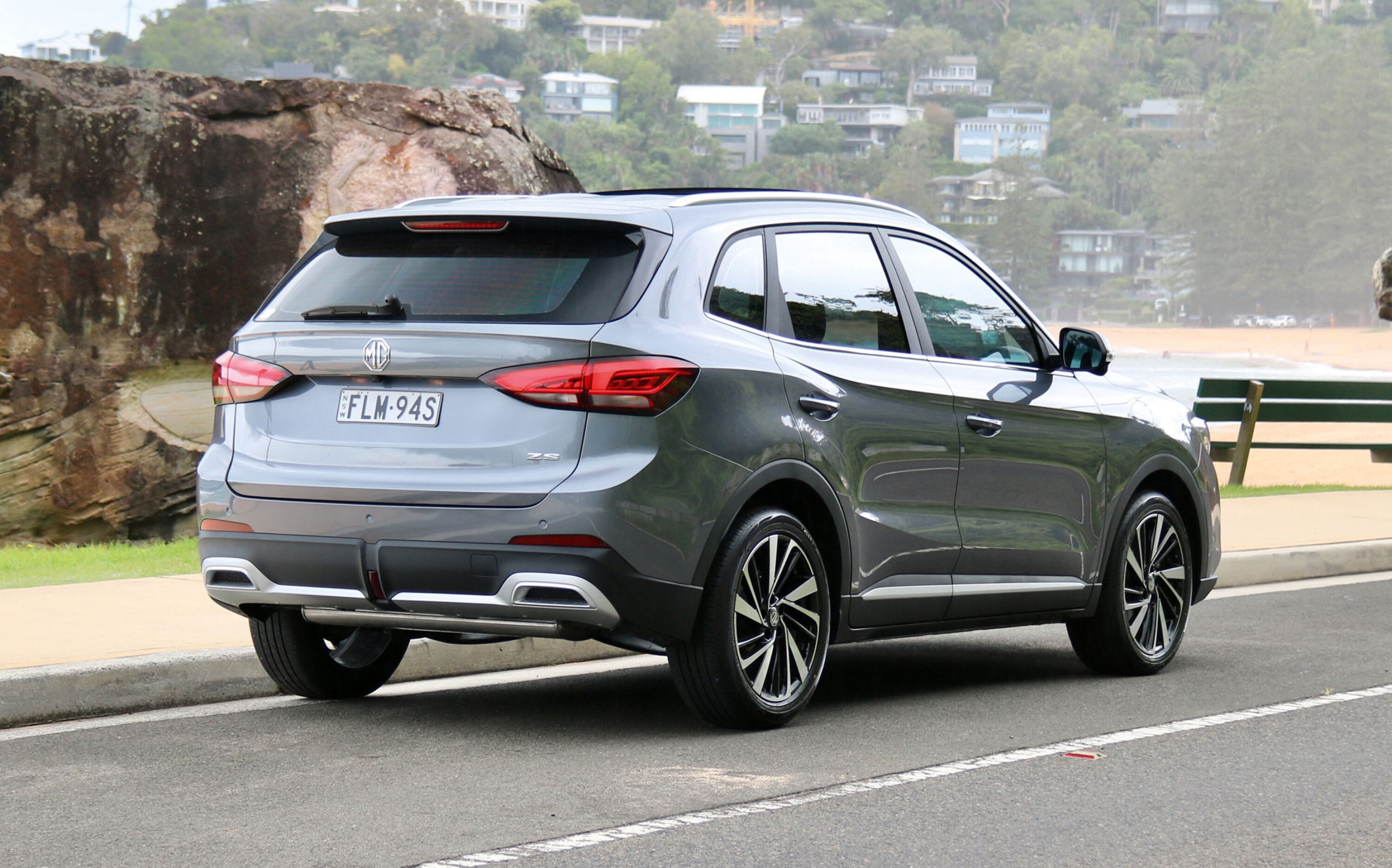
We failed to match MG’s economy claims, though our test cars were quite new. The Essence used 8.7L/100km and the turbo slightly more at 8.9L/100km – or almost double that of the more powerful hybrid.
The interior of the ZS is now one of the best in the segment with plenty of soft materials on the dashboard, though the synthetic leather seats are a bit soft. The fake stitching on the top of the doors in their hard plastic trimmings is naff, but the leather steering wheel feels great in hand.
MG’s latest infotainment system is standard through either a 10.25-inch (Excite) or 12.3-inch (Essence and above) touchscreen. It’s well equipped with features like sat-nav, digital radio and wired smartphone mirroring but it could be easier to use. There is a row of physical buttons below the screen for shortcuts like the home screen and volume, but even more would be great.
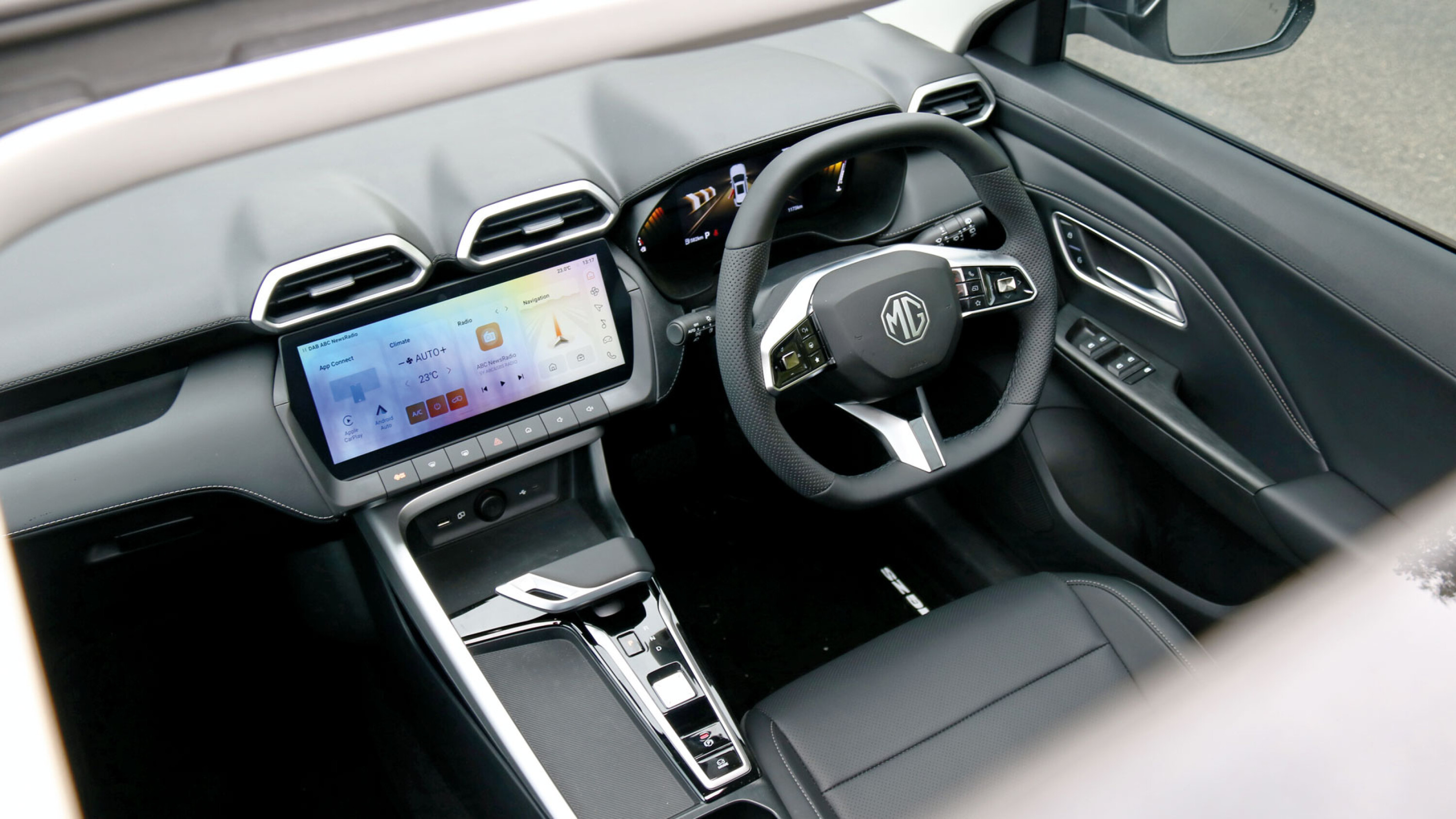
The cabin is practical with ample storage space, including an open tray on the dashboard fascia, two trays on the centre console and a small box underneath the centre armrest. The two cupholders are a bit small, however.
The rear cabin is one of the roomiest in the segment, with ample room for two six-footers. There are also door pockets, map pockets and a USB-A charging port and air vent on the Essence and above – though no central armrest with cupholders on any spec.
The ZS’ 443-litre boot expands to a large 1,457L with the seats folded, which is massive in comparison with the CX-3’s tiny 264L space. There are also a few features like a dual-level floor, bag hooks and a space-saver spare, though the seats don’t lie flat when folded.
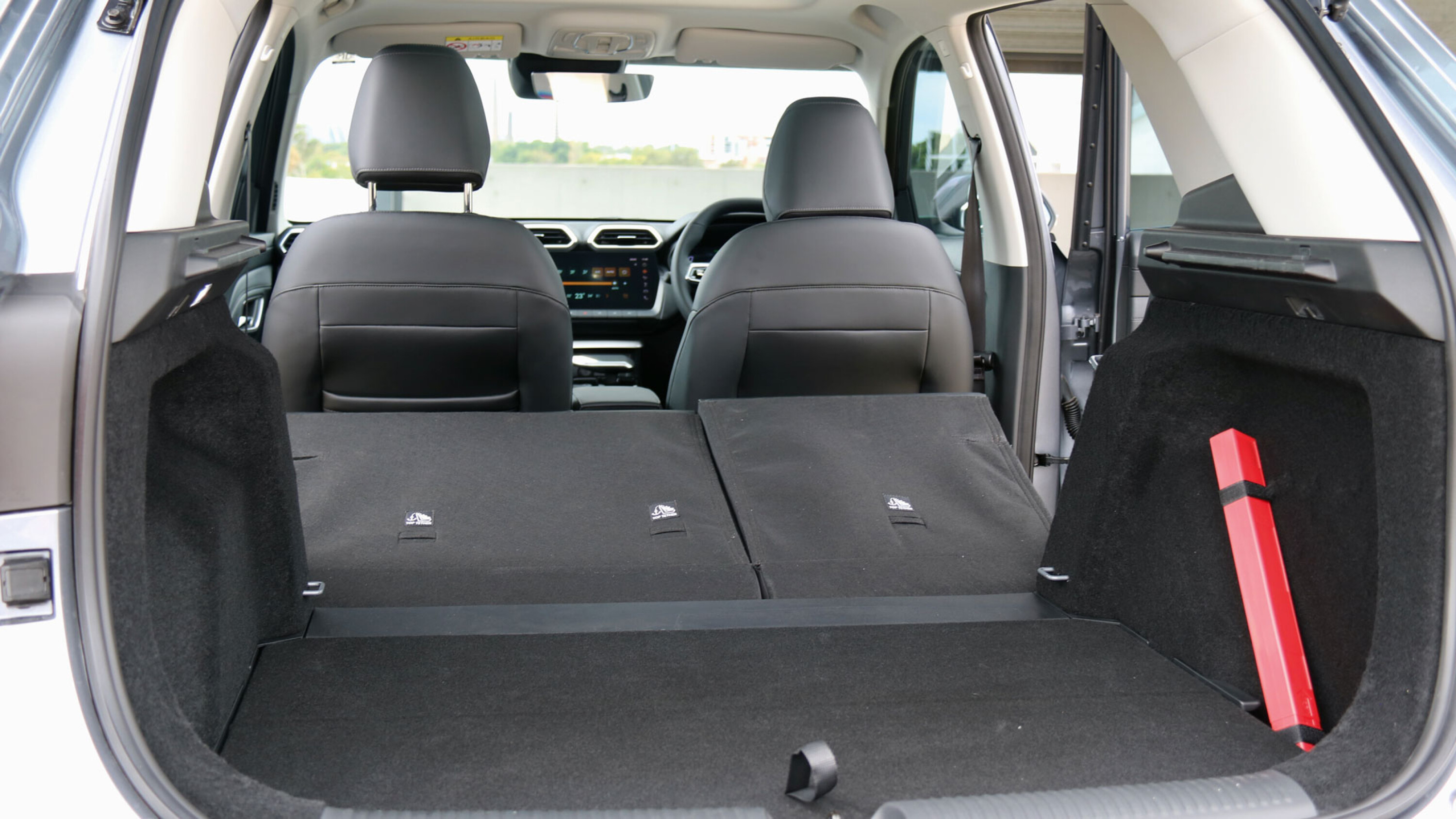
The new ZS is overall far more mature to drive compared with the old one. While it’s still not a sports car, it’s more enjoyable with more weighting of the steering and firmer suspension giving better cornering ability. The ride is much improved as it no longer rides like a pogo stick – it’s more controlled with lesser motion over a variety of bumps.
The non-hybrid drivetrains are a step forward compared with the last ZS, but to a lesser degree. The main problem is the CVT gearbox, which saps a lot of power off the line. You also can’t shift it manually, which won’t bother most buyers but we’d like to add more engine braking.
The turbocharged engine feels reasonably quick at higher speeds, while the naturally aspirated engine is slow all the time. The petrol engines will be adequate for most buyers as their refinement is better than most in the segment, but the hybrid is the drivetrain to choose. MG’s active safety features are better tuned than before, but deactivating them in the touchscreen is cumbersome.
There’s overall no doubt that the new-generation MG ZS is a big upgrade to the model it replaces. It’s more mature, more richly equipped, larger and superior value because it’s a much better-rounded product.

However, the gearbox zaps power and the petrol engines are expensive to service at $2,637 for five years’ worth. Because of that, we think the hybrid ZS is worth the extra coin – it’s more expensive but its five-year service cost saves $1,400 alone, plus it’s also a better drivetrain.
Overall, however, there’s no doubt that the new ZS is a big improvement over the old one and now sits at the pointy end of the segment that it will undoubtedly continue to dominate.
MG ZS Essence Turbo Specifications
| Model: | MG ZS Essence Turbo |
|---|---|
| Engine: | 1496cc 4-cyl, DOHC, 16v turbo petrol |
| Max power: | 125kW @ 5,500rpm |
| Max torque: | 275Nm @ 4,500rpm |
| Transmission: | CVT automatic |
| Economy: | 6.9L/100km |
| Weight: | 1,361kg |
| Price: | $31,990 drive away |
| On sale: | now |
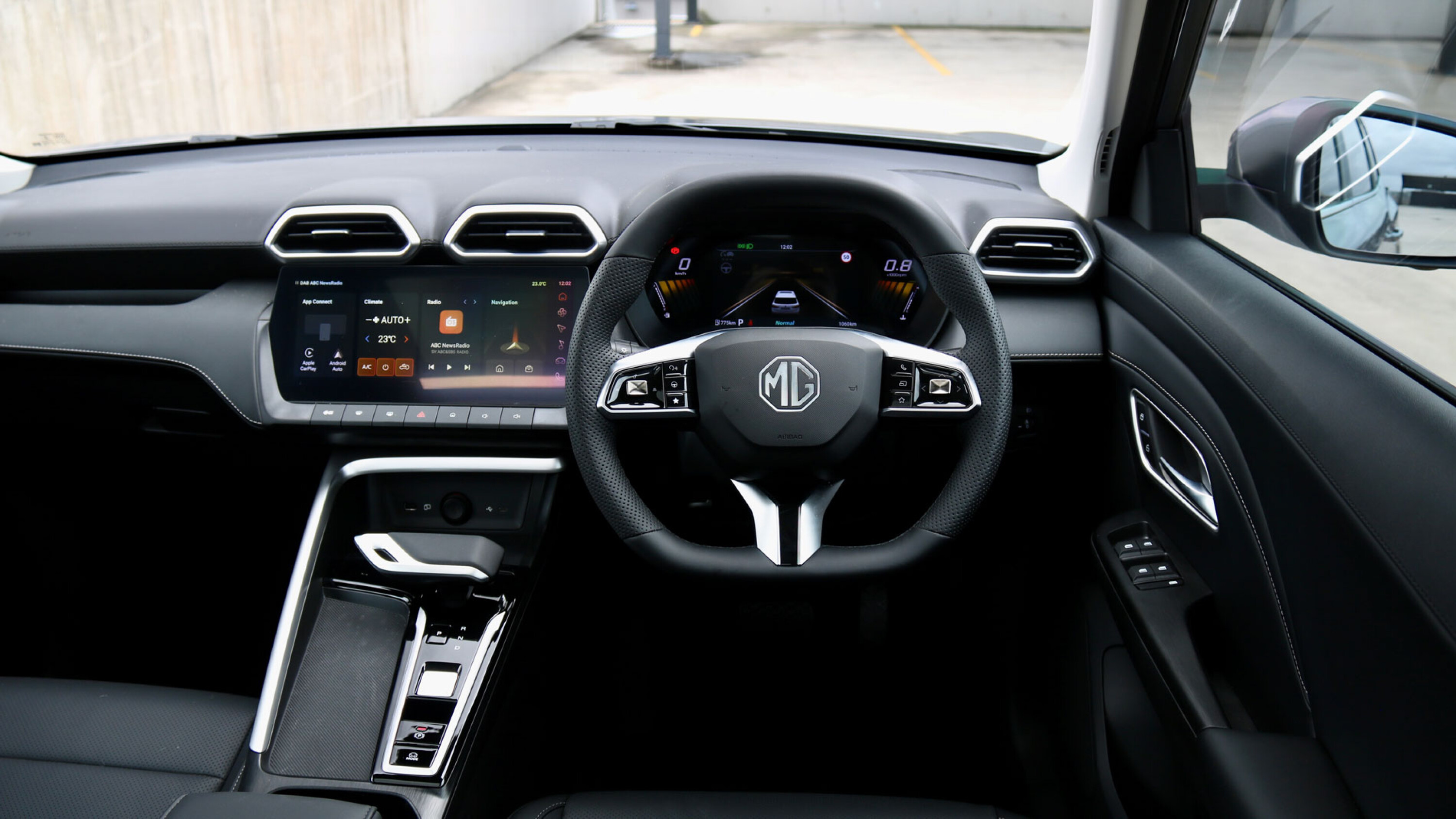
Things we like
- Big improvement over old ZS and still excellent value for money
Not so much
- Petrol engines just aren’t as good as the hybrid
We recommend
-
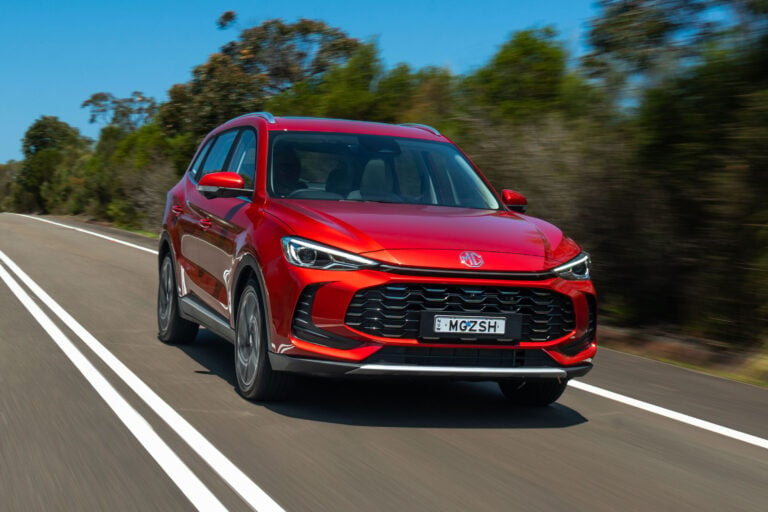 Reviews
ReviewsNew MG ZS HYBRID+: Economical, powerful, compelling
MG’s introduced two new variants of its popular compact SUV model ZS – the ZS HYBRID+ Excite and the ZS HYBRID+ Essence – with attractive pricing and a fuel-efficient new hybrid powertrain.
-
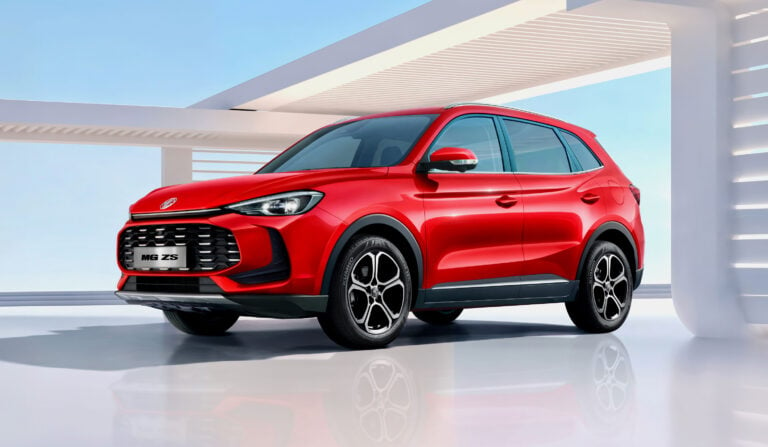 News
NewsMG adds petrol-powered ZS SUV to lineup
Only a few months after a hybrid model was launched, MG Motor Australia has launched petrol variants of its new ZS small SUV.
-
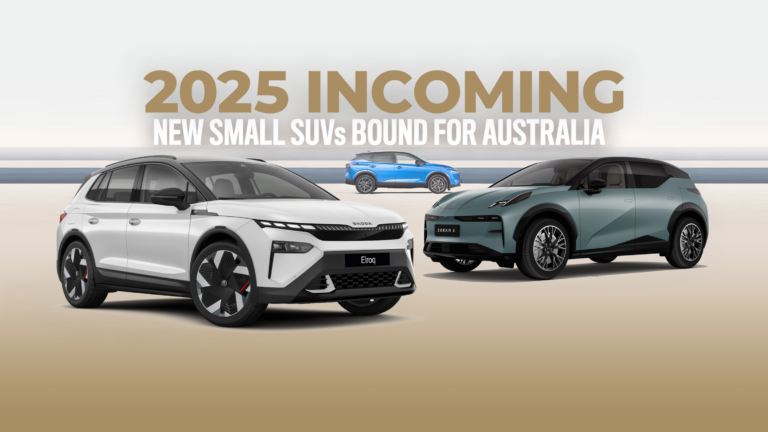 News
NewsNew Small SUVs coming to Australia in 2025
From the Cupra Formentor to the Zeekr X, your complete guide to all the new compact SUVs heading to Australian showrooms in 2025 and beyond.


